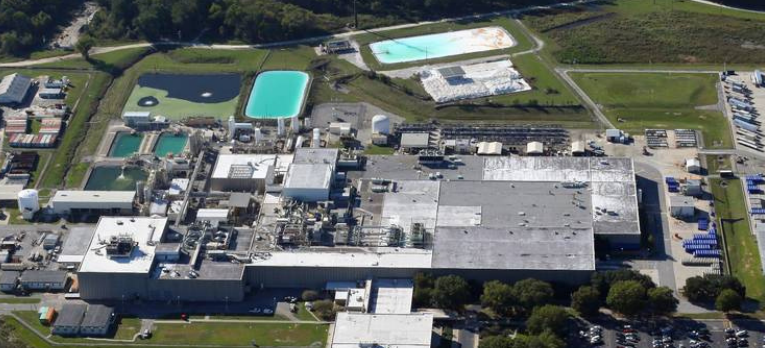Winthrop University personnel visit SRS

Faculty and staff from Winthrop University recently toured the Department of Energy’s Savannah River Site as part of a workforce development partnership.

A message from Goodway Technologies
Ensuring Safety and Cleanliness: The Crucial Role of Industrial Vacuums in Nuclear Power Facilities

Faculty and staff from Winthrop University recently toured the Department of Energy’s Savannah River Site as part of a workforce development partnership.
A seminal new report by the Southeast Nuclear Advisory Council and E4 Carolinas has identified the significant economic impact of the nuclear industry within the southeastern United States. The report, The Economic Impact of the Nuclear Industry in the Southeast United States, provides a baseline for future research into the crucial role nuclear power plants play in shaping regional economies and facilitating the shift to clean energy.

Hundreds of employees at the Westinghouse nuclear fuel fabrication facility in South Carolina are trying to form a union and join the International Brotherhood of Electrical Workers.

The DOE is working to remove plutonium stored at its Savannah River Site.
The Department of Energy has reached a settlement with the state of South Carolina to remove 9.5 metric tons (t) of plutonium from the state, the agency announced on August 31. Under the settlement, which resolves litigation over the storage of surplus plutonium at the Savannah River Site near Aiken, S.C., the state will receive an upfront lump sum of $600 million in economic and impact assistance payments. In return, the DOE will be allowed more time (through 2037) to remove the plutonium from the state without the threat of lawsuits.
The settlement stems from the DOE's termination of the Mixed Oxide (MOX) Fuel Fabrication Facility in 2018. The MOX facility was intended to meet a nonproliferation agreement between the United States and Russia to dispose of 34 t of weapons-grade plutonium by converting it to nuclear fuel for commercial power reactors. Reported to be 70-percent completed when construction was halted, the MOX facility was approximately $13 billion over budget and 32 years behind schedule, according to the DOE.